29.04.2021
China will be attempting to launch its very own space station tianhe core module Launch onboard Long March 5b rocket.
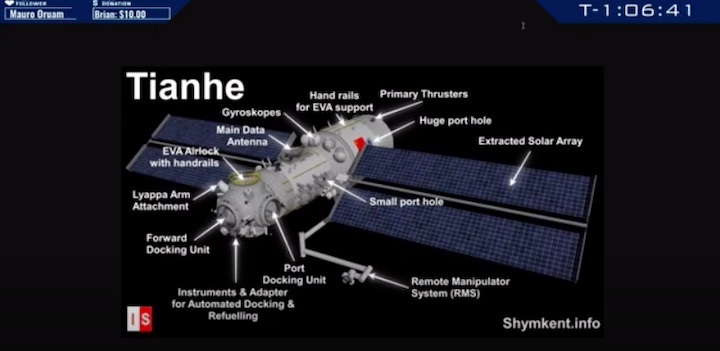
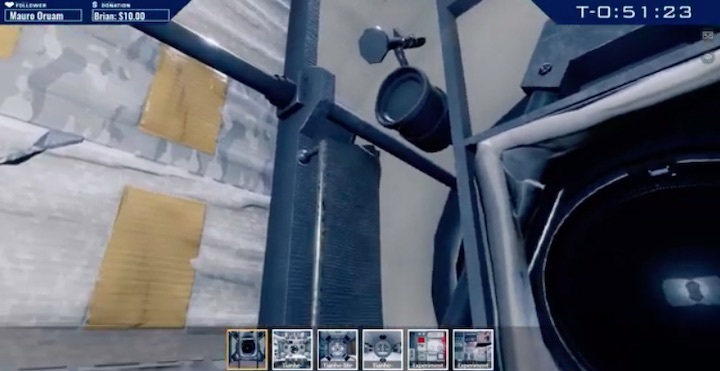
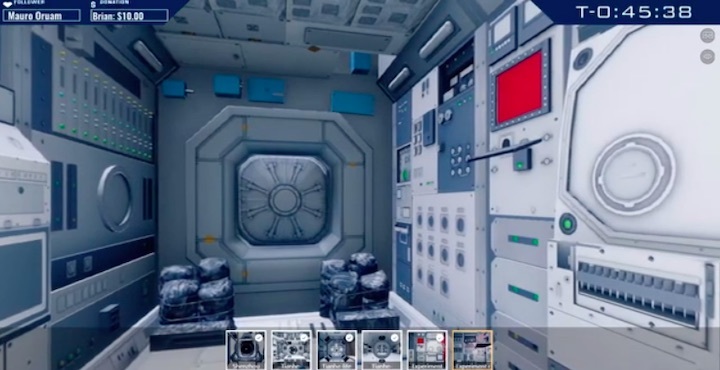
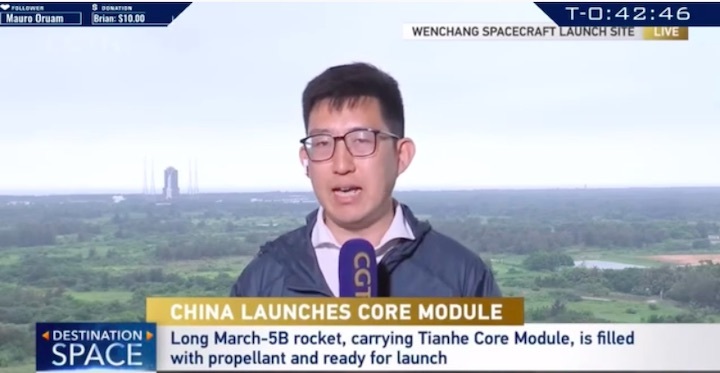
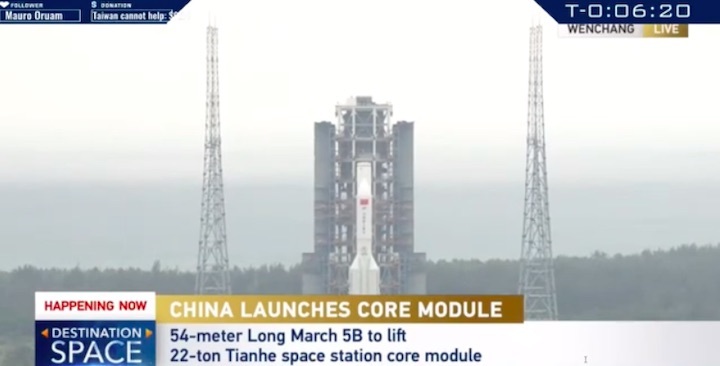
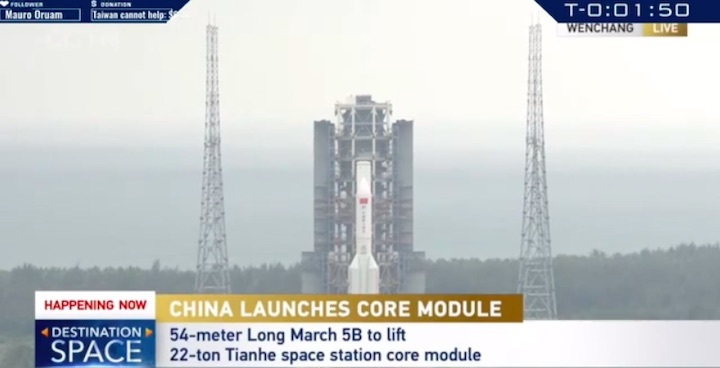
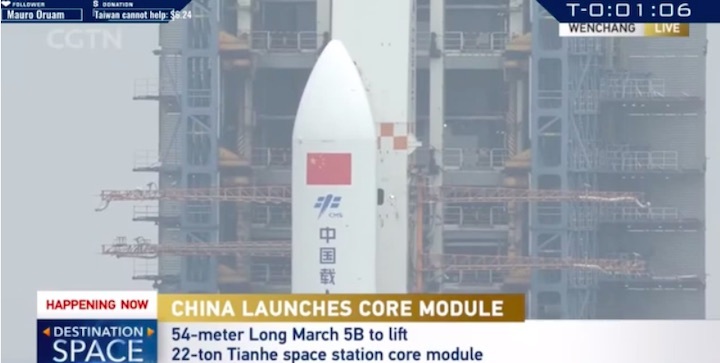
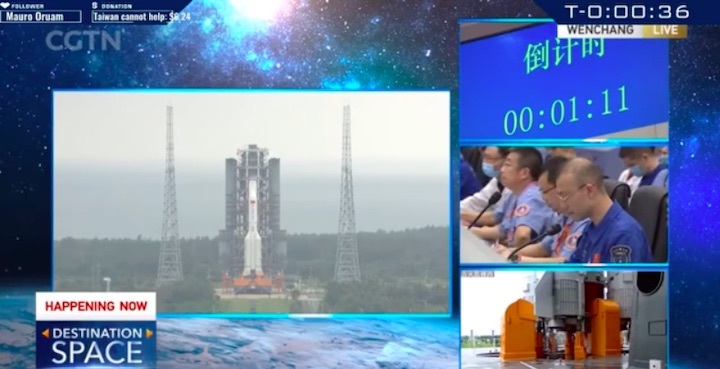
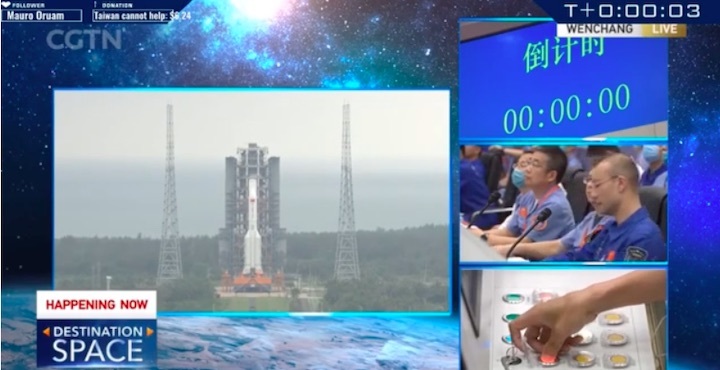
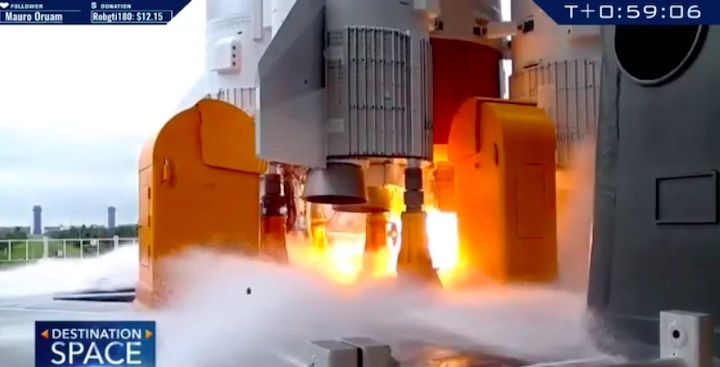
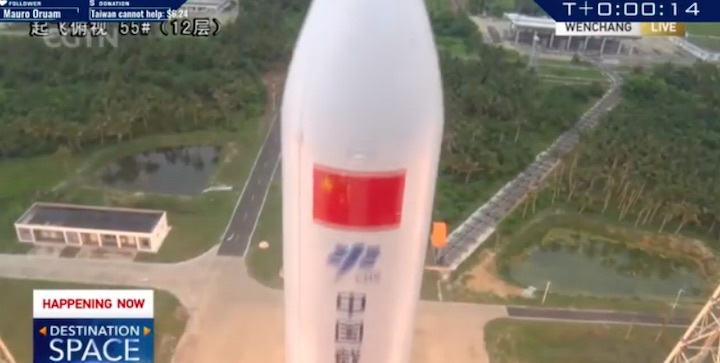
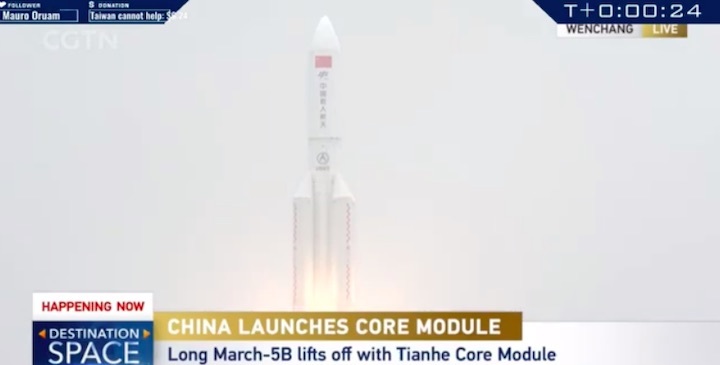
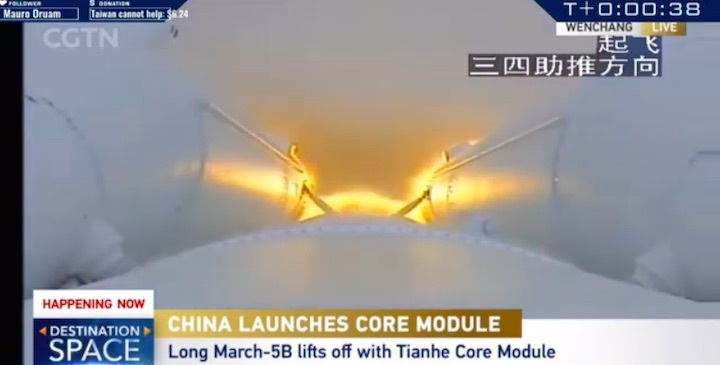
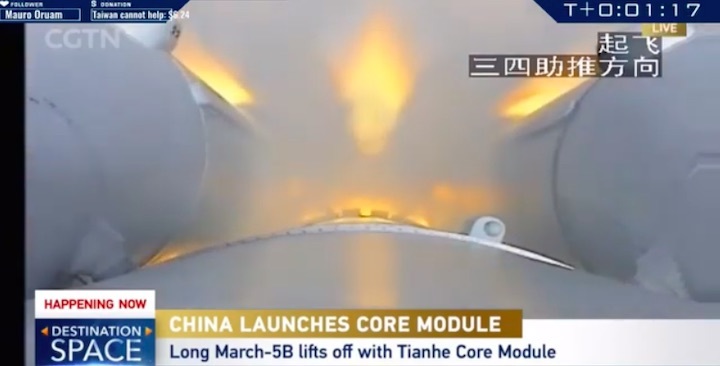
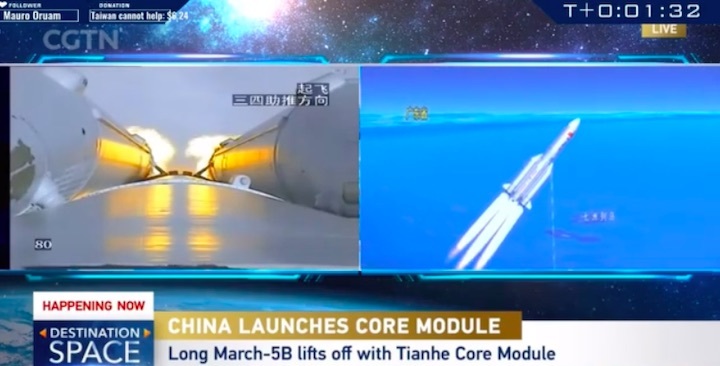
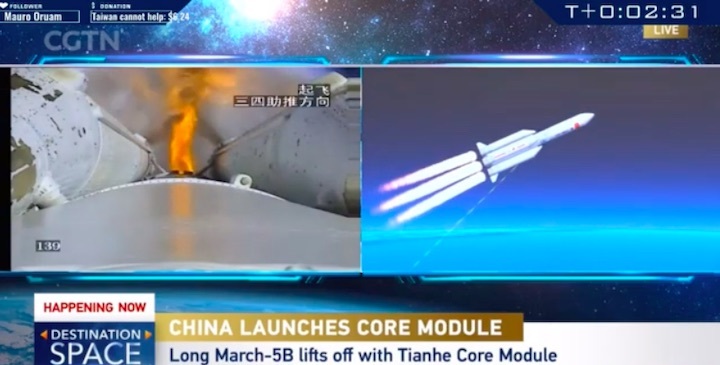
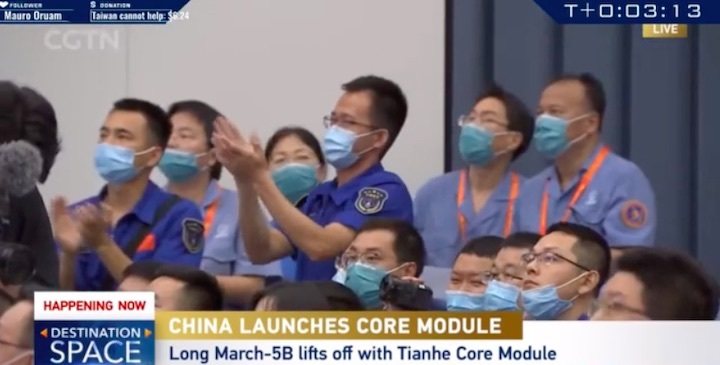
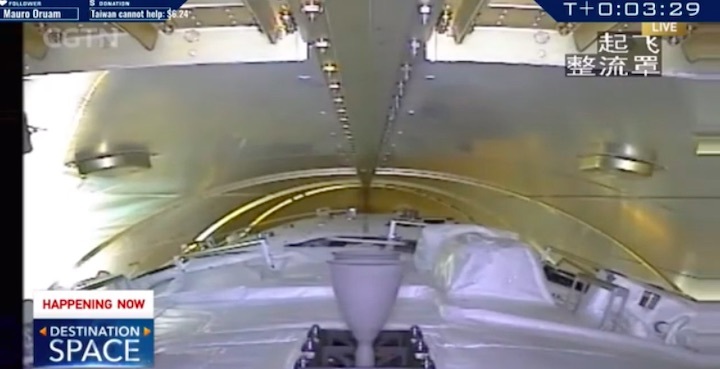
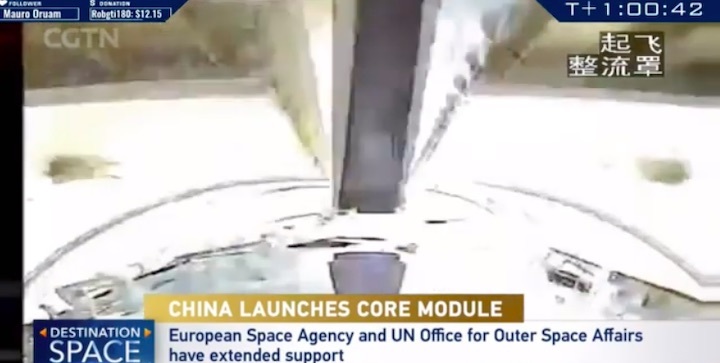
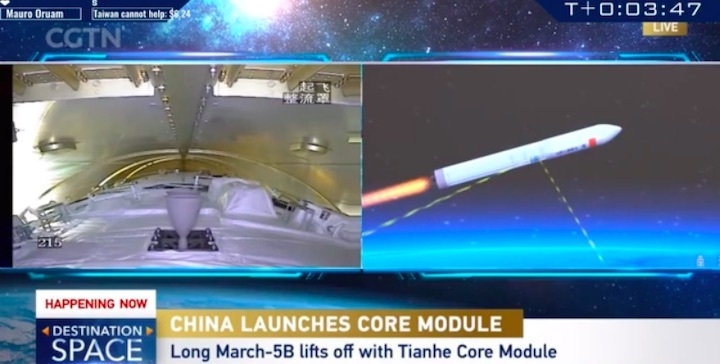
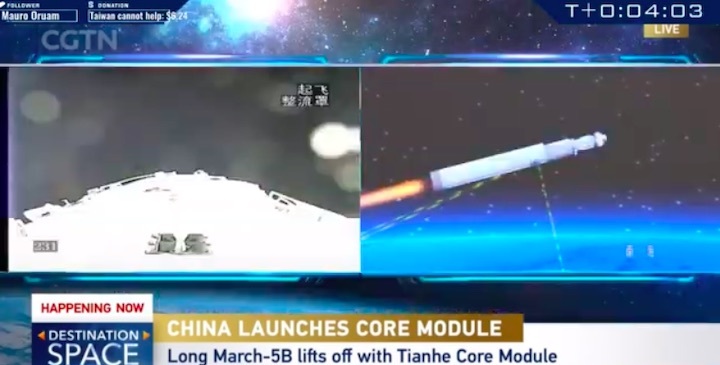
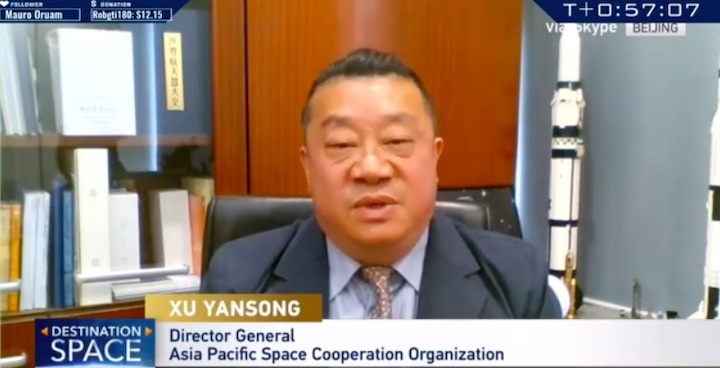
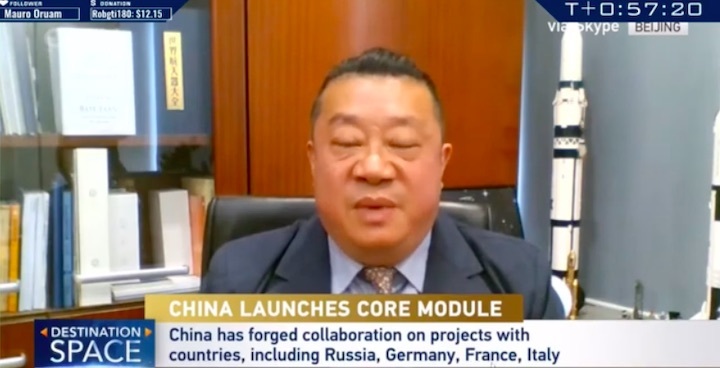
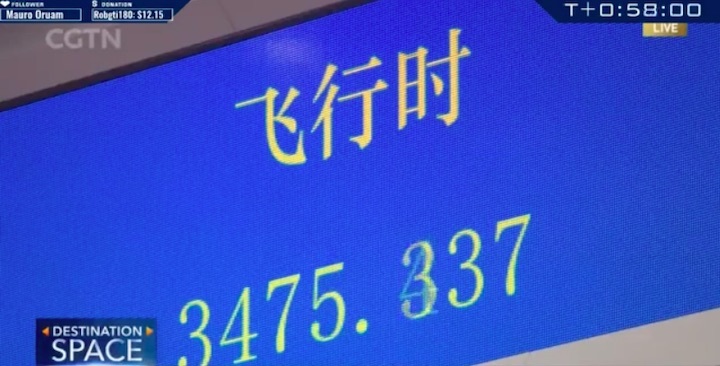
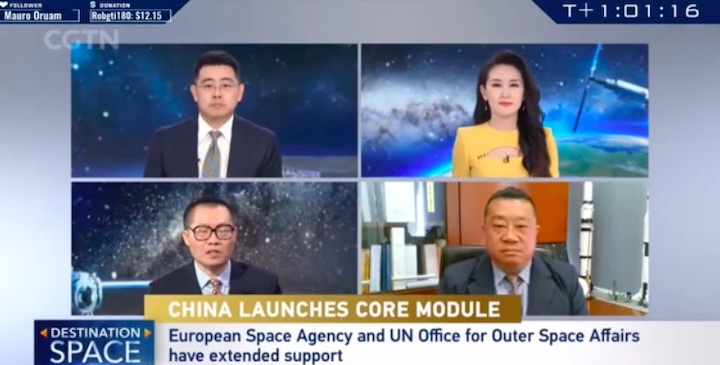
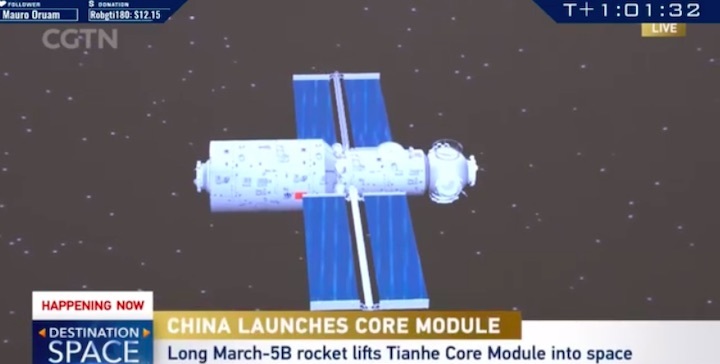
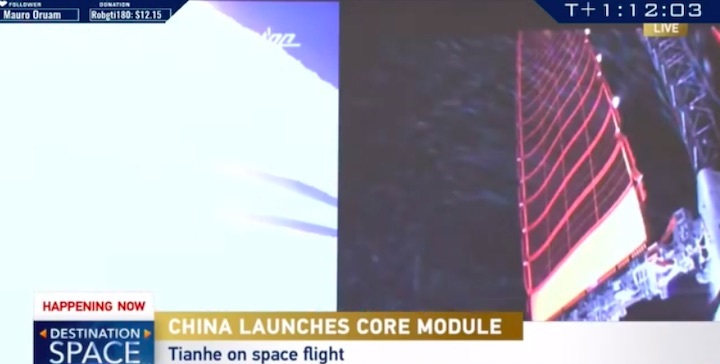
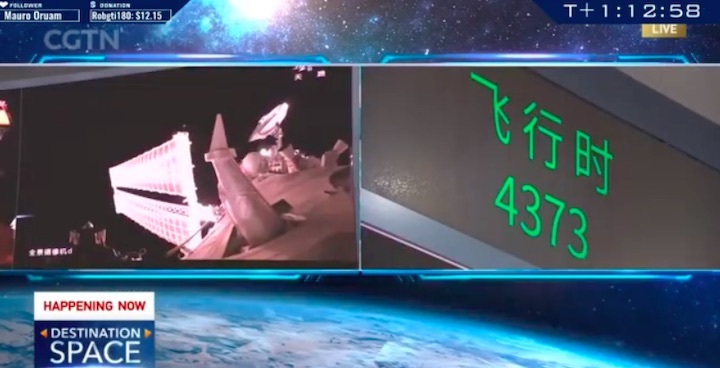
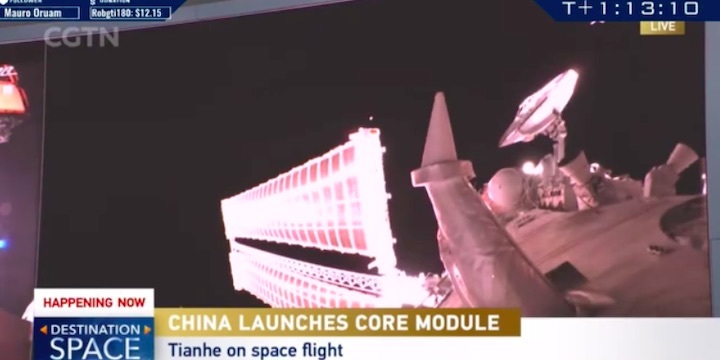
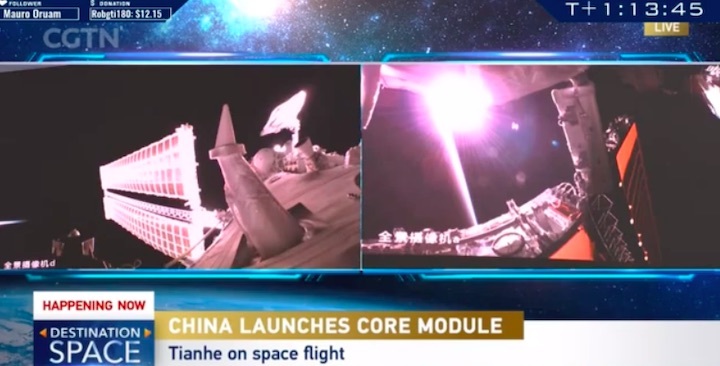
Quelle: CGTN
+++
China launches first module of new space station
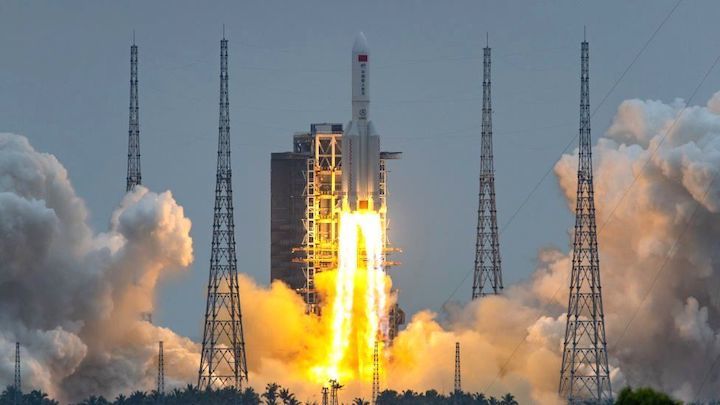
China has launched a key module of a new permanent space station, the latest in Beijing's increasingly ambitious space programme.
The Tianhe module - which contains living quarters for crew members - was launched from the Wenchang Space Launch Centre on a Long March-5B rocket.
China hopes to have the new station operational by 2022.
The only space station currently in orbit is the International Space Station, from which China is excluded.
China has been a late starter when it comes to space exploration. It was only in 2003 that it sent its first astronaut into orbit, making it the third country to do so, after the Soviet Union and the US.
So far, China has sent two previous space stations into orbit. The Tiangong-1 and Tiangong-2 were trial stations though, simple modules that allowed only relatively short stays by astronauts.
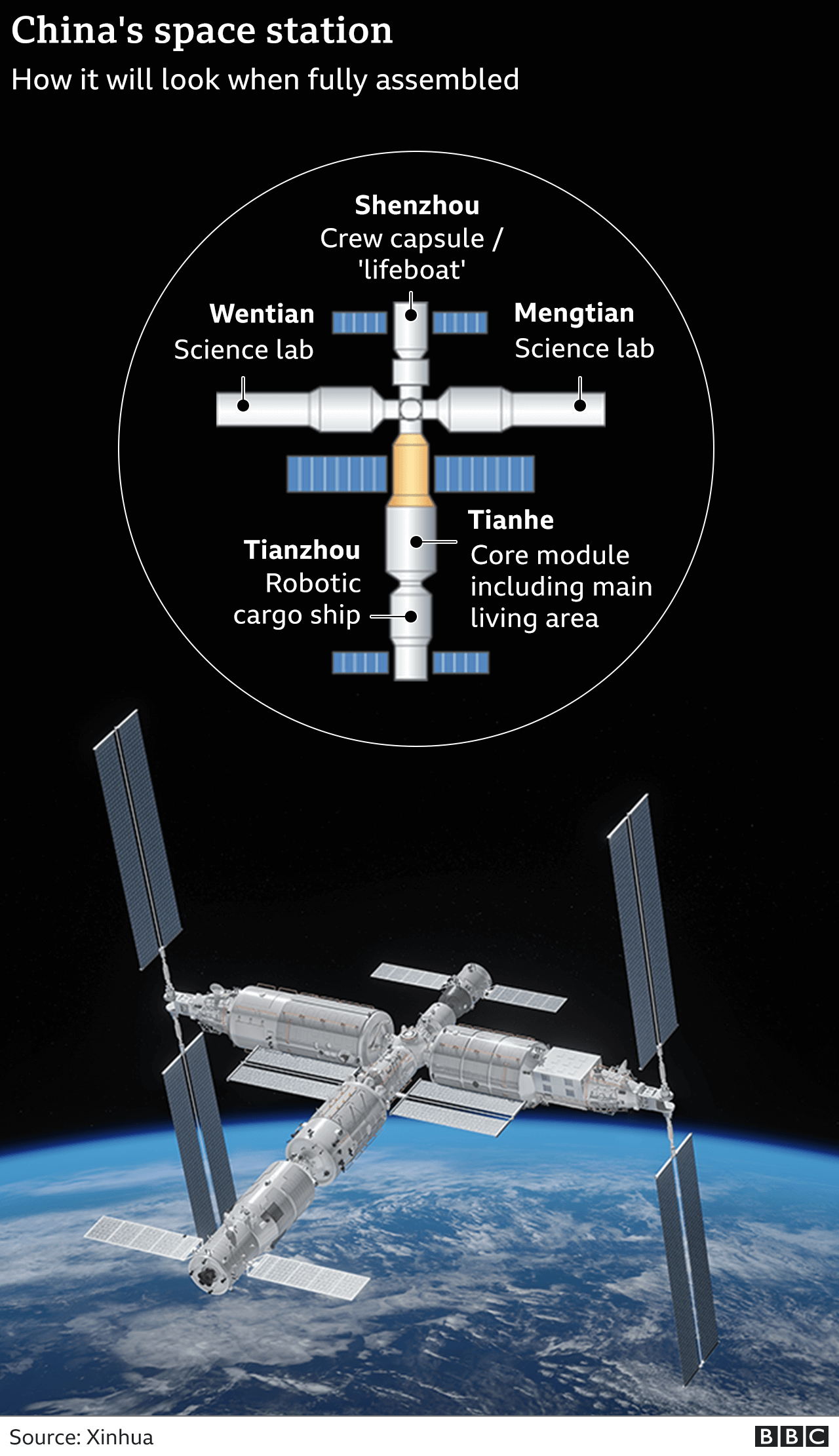
The new, 66-tonne, multi-module Tiangong station is set to be operational for at least 10 years.
Tianhe is the core component of it. It is 16.6m long and 4.2m wide. It will provide power and propulsion and contains the life support technologies and living quarters required by visiting astronauts.
Beijing plans to have at least 10 more similar launches, carrying all the additional equipment into orbit, before the completion of the station next year. It will orbit Earth at an altitude of 340 to 450km (210-280 miles).
The only current space station in orbit is the ISS which is a collaboration between Russia, the US, Canada, Europe and Japan. China has been blocked from participating in it.
The ISS is due to be retired after 2024, which could potentially leave Tiangong as the only space station in Earth's orbit.
China's space programme has become a regular feature in the country's propaganda videos and, in a way, why wouldn't it?
After a high-speed catch up with other nations, it now has bold ambitions beyond Earth.
Having been frozen out of the International Space Station programme by the US, Beijing just decided to build its own.
When the Tiangong station is up and running - possibly as early as next year - though it will be only a quarter of the size of the international facility, no other country will have its own orbiting space lab.
There is talk here of missions to Mars and a lunar station with Russia.
The comparison with the Cold War space race is clearly there to be made: legitimate scientific ambitions mixed up with international mistrust, the potential militarisation of space and key projects being hailed as new benchmarks to justify the enormous amounts of money being spent.

China's 'space dream'
Chen Lan, an analyst who specialises in China's space programme, had told news agency AFP that the project was a "big deal".
"This will be the largest international space co-operation project for China, so it's significant," he said.
China has in recent years made no secret of its space ambitions.
China has poured significant funding into its space efforts, and in 2019 became the first country to send an uncrewed rover to the far side of the Moon.
President Xi Jinping has also thrown his support behind the country's space endeavours and the Chinese state media regularly cast the "space dream" as one step in the path to "national rejuvenation".
Quelle: BBC
+++
China launches Tianhe core for new multi-module space station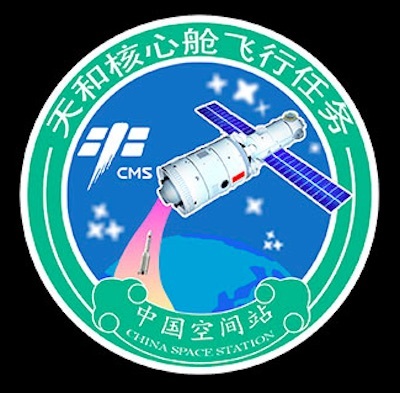
China has launched the core component of its first multi-module space station, reaching a milestone almost 30 years in the making.
The "Tianhe" module lifted off atop a Chinese Long March 5B Y2 rocket from the Wenchang Satellite Launch Center on Hainan Island, located in the South China Sea, on Wednesday (April 28). The 11:23 p.m. EDT (0323 GMT; 11:23 a.m. local April 29) launch marked the first of at least ten missions planned through the end of 2022 to support the assembly of the Tiangong (or "Heavenly Palace") station.
The 54-foot-long (16.6-m) Tianhe, or "Harmony of the Heavens" will serve as the space station's control hub. When complete, the T-shaped complex will also have two 47-foot (14.4-meter) laboratory modules, Wentian ("Quest for the Heavens") and Mengtian ("Dreaming of the Heavens"), extending from either side of Tianhe.
"We will learn how to assemble, operate and maintain large spacecraft in orbit," Bai Linhou, deputy chief designer of the space station at the China Academy of Space Technology. "We aim to build Tiangong into a state-level space lab supporting the long stay of astronauts and large-scale scientific, technological and application experiments,"
Before the two labs are launched, China plans to send a supply ship and a crew to begin testing the core module. Tianzhou-2, an uncrewed cargo vehicle, will deliver propellant to Tianhe before the Shenzhou 12 spacecraft lifts off with three Chinese astronauts to be the module's first residents for three months.
The Tiangong space station is designed to host three-person crews for up to six months at a time. The station is the next step in a three-part plan for the China Manned Space Agency, which began with a single astronaut launch in 2003. Since then, six more missions have launched 13 men and women, including three flights that docked to and ran operations aboard two Tiangong prototype spacelabs.
Imagery of Tianhe being prepared for launch showed the module has at least an exterior resemblance to the core module of Russia's former Mir space station. China has worked with Roscosmos, Russia's federal space corporation, on the development of its space program.
"The space station is also expected to contribute to the peaceful development and utilization of space resources through international cooperation, as well as to enrich technologies and experience for China's future explorations into deeper space," Bai said.
The Tiangong will be the world's third multi-module orbital complex, after Mir and the International Space Station (ISS), the latter supported by 15 nations including the U.S., Russia, Canada, Japan and the member states of the European Space Agency (ESA). Earlier stations, such as Russia's Salyut and the U.S. Skylab, were single module structures.
Tianhe and Wentian will be outfitted with exterior robotic arms. Mengtian will be equipped with an airlock. Visiting Tianzhou and Shenzhou spacecraft will dock with open ports on the core module, which in addition to the two laboratories, has a fifth port for a possible expansion.
"We did not intend to compete with the ISS in terms of scale," said Gu Yidong, chief scientist for the China Manned Space program. The Chinese Space Station's layout is "based on China's needs for scientific experiments" and "what we consider a reasonable size for the sake of cost-effectiveness." The CSS is less than one fourth the mass of the International Space Station.
Like the ISS, the interior walls of the Tiangong space station will be lined with refrigerator-size racks supporting experiments and crew life support systems. The science conducted on board will include research studies in life and material sciences, fluid physics, Earth observation and human physiology selected from domestic institutions and international partners.
The launch of the Tianhe core module was delayed after a 2017 Long March 5 launch failure. Instead of extending the timeline for the station's completion, China held by its 2022 target date and compressed the launch schedule.
China is also planning to launch into orbit its own Hubble-class space telescope, the Xuntian optical module, which will be able to dock with the CSS to be serviced and upgraded.
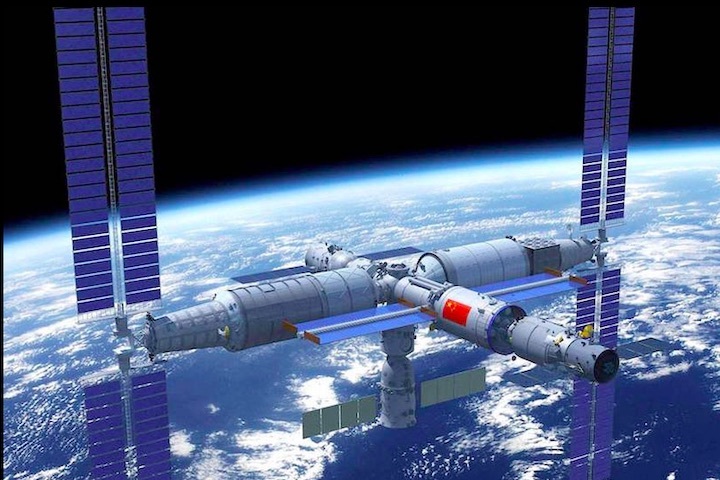
Quelle: CS

